This list of the top ten sustainable building materials includes materials drawn from nature that are renewable, are recyclable, or that use scrap or waste from other processes to make new materials. Some are materials you’ve heard of, and probably used before, while others may be new to you. Using sustainable building materials can help reduce the impact of construction on the environment and help conserve resources for future generations.
What is sustainable construction?
Sustainable construction refers to the practice of creating structures and using processes that are environmentally responsible and resource-efficient throughout a building’s life cycle. This includes its design, construction, operation, maintenance, renovation, and eventual demolition. The main goals of sustainable construction are:
- Minimizing Environmental Impact: Sustainable construction aims to reduce the environmental footprint of buildings. This involves using energy more efficiently, reducing waste, and minimizing the use of non-renewable resources.
- Efficient Use of Resources: This includes the efficient use of materials, water, and energy. The use of renewable and recyclable materials is encouraged, as is the efficient design of buildings to reduce energy and water consumption.
- Enhancing Quality of Life: Sustainable buildings are designed to be healthier and more comfortable for occupants. This includes improving air quality, natural lighting, and thermal conditions.
- Economic Efficiency: While sustainable construction methods may sometimes have higher upfront costs, they often lead to savings in the long term through reduced energy and water bills, and lower maintenance costs.
- Social Responsibility: Sustainable construction also involves considering the impact of the building on the local community and its workers, ensuring fair labor practices and contributing positively to the local environment and society.
- Innovation in Design and Materials: It often involves innovative design and the use of new materials that are more sustainable, durable, and recyclable.
- Compliance with Regulations: Sustainable construction practices often align with or exceed current environmental and building regulations.
Sustainable construction is not just about reducing the environmental impact of buildings but also about creating healthier, more efficient, and economically viable spaces. It represents a holistic approach to building that considers the long-term implications of construction on the environment and society. Here’s a summary of these materials and their relevance to sustainable construction practices:
- Bamboo
Bamboo is a versatile, strong substitute for wood products in a variety of materials. From flooring to textiles, this fast-growing grass has all the beauty and strength of wood, and it grows on every continent except Europe and Antarctica. In Asia, bamboo is often used for structural components for buildings, as it has a high strength-to-weight ratio and greater compressive strength than concrete and brick. Because it grows so rapidly (up to three feet within 24 hours), it doesn’t take long to replenish supply once its been harvested.
- Cork
Cork is harvested from the outside bark of the cork oak tree, found only in the Mediterranean. After it is removed, the tree replenishes the bark, allowing more to be harvested. It makes a wonderful, soft flooring product, is naturally antibacterial and antimicrobial, and is resilient and resistant to wear. It’s perfect for kitchens and bathrooms.
- Steel
You might not think of steel as being sustainable, but the majority of steel used in the construction industry is recycled and is recyclable once it’s reached the end of its useful life. Because it can be reused many times, it cuts down on the raw resources needed to create each product. So, instead of having to cut down new trees to create lumber, existing steel can be melted and recast without harvesting new metal.
- Mass timber
Mass timber is created by bonding softwood to form large prefabricated wood components which are used as structural members in the construction of a building. The process allows buildings to be constructed faster and with less waste than traditional building materials. It’s been shown that mass timber reduces global warming potential by an average of 26.5% over concrete and steel.
- Mycelium
Mycelium is a one-celled organism that is found in the root structure of fungi and mushrooms. It is being used to create bricks, blocks, insulation, and concrete. The organisms are encouraged to grow around a composite of other materials, like straw or sawdust, in a form or mold. Then it’s air dried to create a brick or other uniquely shaped building component. It’s durable, can withstand extreme temperatures, and is compostable.
- Linoleum
This versatile flooring product has actually been around since the 1800s, and it’s made up of all natural ingredients. Mix flax, pine rosin, wood flour, cork dust, calcium carbonate, and jute and you have it. It comes in a variety of patterns and colors to match any décor and requires little maintenance.
- Wool carpet
These days the most popular material for carpeting is nylon or other synthetic fibers, man-made materials. Wool carpet is a natural, durable alternative to these fibers. It is naturally moisture-resistant and provides additional insulation to keep your feet warm.
- Ferrock
Haven’t heard of this one? It’s no wonder, as it’s only been developed in the last few years. It combines recycled steel dust and/or ferrous rock left over from industrial processing and creates a concrete-like material that is stronger than concrete. It is a carbon neutral process and is less CO2 intensive than creating concrete.
- Plant-based foam
Plant-based polyurethane foam, originally designed for use in making surfboards, provides great thermal and sound insulation in buildings, and can be used for manufacturing furniture and turbine blades. The material is made from bamboo, kelp, and hemp.
- Sustainably harvested lumber
Yes, lumber can be a sustainable building material when the forest is managed responsibly, with longevity in mind. Practices such as selective logging, replanting, controlled burns, and pruning help forests produce timber products for generations to come, ensuring that these materials are available, while preserving natural habitats and microclimates. Look for branded lumber that has been harvested according to these practices.
Why is sustainable construction important?
Sustainable construction is crucial for several reasons, reflecting its impact on the environment, economy, and society:
- Environmental Protection: Buildings are significant contributors to global carbon emissions and resource consumption. Sustainable construction reduces this impact by using eco-friendly materials, minimizing waste, and optimizing energy efficiency, thereby protecting natural resources and reducing pollution.
- Energy Efficiency: Sustainable buildings are designed to use energy more efficiently, which reduces greenhouse gas emissions and reliance on fossil fuels. This includes the use of renewable energy sources, such as solar and wind power.
- Water Conservation: Sustainable construction practices include efficient water management systems that reduce water consumption and waste. This is particularly important in areas facing water scarcity.
- Health and Well-being: Buildings designed with sustainability in mind often provide better air quality, natural lighting, and thermal comfort. This can lead to improved health and well-being for occupants.
- Economic Benefits: While sustainable construction can be more expensive upfront, it often leads to significant long-term savings through reduced energy and water bills, lower maintenance costs, and increased property values.
- Resilience and Durability: Sustainable buildings are typically more resilient and durable, designed to withstand environmental stresses and changes over time. This reduces the need for frequent repairs and renovations.
- Social Responsibility: Sustainable construction demonstrates a commitment to social responsibility. It often involves fair labor practices and can contribute positively to local communities by creating healthier living environments and supporting local economies.
- Regulatory Compliance: With increasing environmental regulations and standards, sustainable construction helps ensure compliance with these laws, avoiding potential fines and legal issues.
- Future-Proofing: As the world increasingly focuses on sustainability, sustainable construction practices future-proof buildings against changing regulations and market demands.
- Legacy for Future Generations: Sustainable construction is about leaving a positive legacy for future generations, ensuring that the built environment of today does not compromise the needs of tomorrow.
Sustainable construction is important not only for its immediate environmental benefits but also for its broader impact on economic efficiency, social responsibility, and the long-term sustainability of the built environment.
What Are the Benefits of Sustainable Construction?
Sustainable construction, which focuses on creating structures that are environmentally responsible and resource-efficient, offers numerous benefits:
Environmental Benefits
- Reduced Carbon Footprint: Sustainable construction practices significantly reduce greenhouse gas emissions.
- Conservation of Natural Resources: Using sustainable materials and methods helps conserve natural resources.
- Waste Reduction: Emphasizing recycling and reuse in construction processes minimizes waste.
Economic Benefits
- Cost Savings: Energy-efficient designs and sustainable materials often lead to reduced operational costs over the building’s lifecycle.
- Increased Property Value: Sustainable buildings can attract higher property values.
- Long-Term Financial Gains: Although the initial investment might be higher, sustainable construction can offer long-term financial savings.
Health and Safety Improvements
- Improved Air Quality: Sustainable buildings often have better ventilation and use materials that emit fewer pollutants.
- Enhanced Comfort: Natural lighting and better indoor temperature regulation contribute to a more comfortable living and working environment.
Social Benefits
- Community Well-being: Sustainable construction practices can lead to healthier and more comfortable living environments.
- Enhanced Comfort: These projects can serve as practical examples for educating the public and professionals about sustainable practices.
Regulatory Compliance
- Meeting and Exceeding Regulations: Sustainable construction often meets or exceeds environmental and building regulations, avoiding potential legal issues.
Marketability
- Increased Demand: There is a growing market demand for green buildings, making sustainable construction a competitive advantage.
Resilience
- Durability: Sustainable buildings are often more durable and adaptable to changing environmental conditions.
Legacy
- Positive Legacy for Future Generations: Sustainable construction is about creating a built environment that does not compromise the ability of future generations to meet their own needs.
Sustainable construction is not just beneficial for the environment but also offers economic, health, social, and regulatory advantages. It represents a forward-thinking approach to building that considers the long-term implications of construction on our planet and society.
These materials are integral to sustainability in the construction industry, offering eco-friendly alternatives that reduce environmental impact and conserve resources. They represent a shift towards more sustainable construction practices, crucial for the industry’s long-term health and environmental responsibility.




